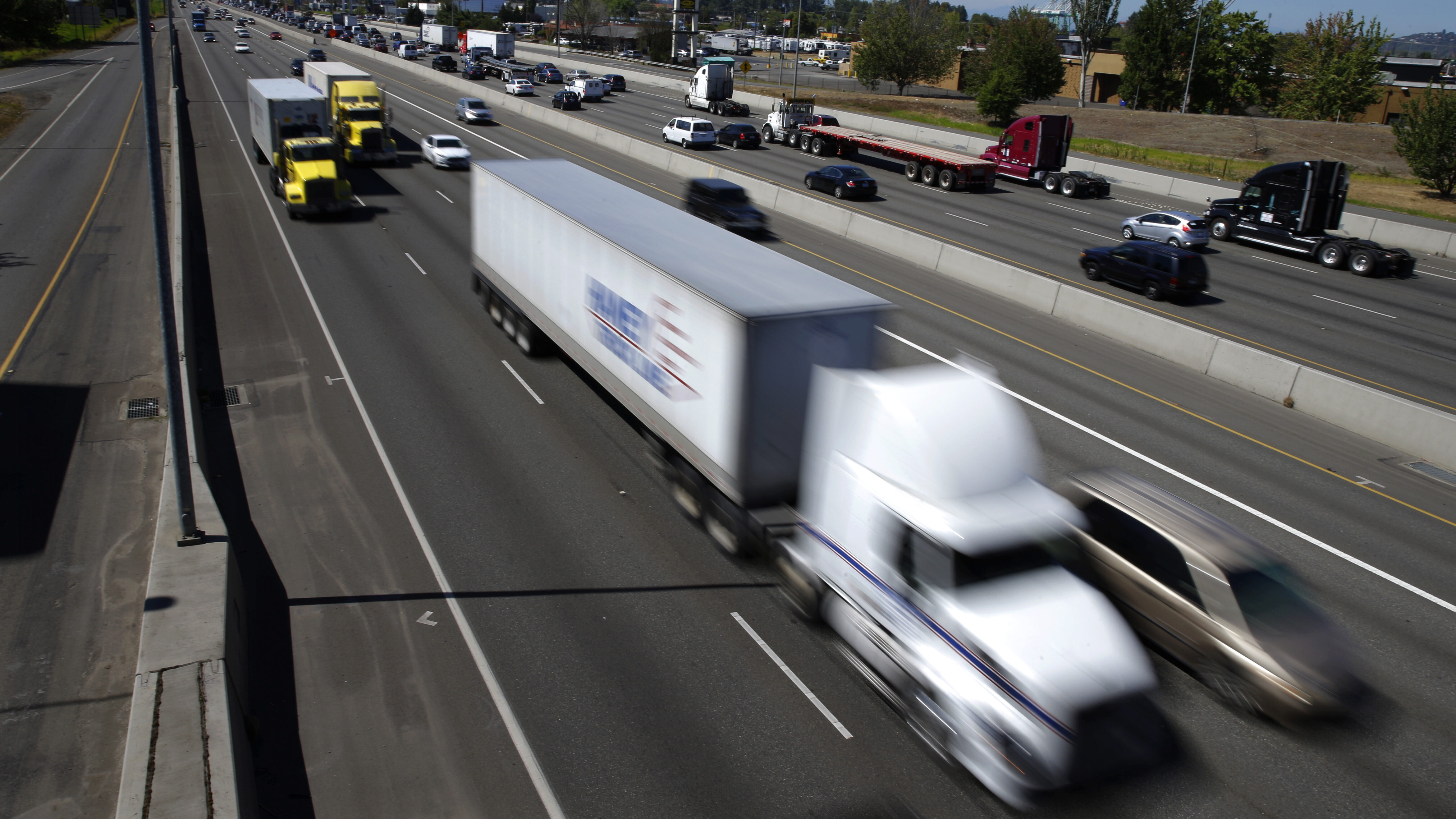As a truck driver, your safety and the safety of others on the road are paramount. One of the most crucial factors in preventing accidents is maintaining a safe speed. Here are some tips to ensure you’re cruising at the right pace:
Understand the Factors Affecting Your Stopping Distance
Several factors influence how quickly your truck can stop. These include:
- Road conditions: Wet or icy roads significantly increase stopping distances.
- Vehicle load: Heavier loads require more time to come to a complete stop.
- Vehicle condition: Worn brakes or tires can compromise stopping ability.
- Speed: The faster you’re going, the longer it takes to stop.
Obey Posted Speed Limits
This might seem obvious, but it’s worth reiterating. Speed limits are in place for a reason. Exceeding them puts yourself and others at risk.
Be Mindful of Weather Conditions
Adjust your speed based on the weather. During heavy rain or snow, reduce your speed to increase visibility and maintain control.
Maintain a Safe Following Distance
A safe following distance allows you to react if the vehicle in front of you suddenly brakes. Use the “three-second rule”: choose a fixed object on the road ahead and count to three as the vehicle in front passes it. If you pass the object before you finish counting, you’re following too closely.
Avoid Distractions
Keep your eyes on the road and your hands on the wheel. Avoid distractions like using your phone or eating while driving.
Be Aware of Your Truck’s Blind Spots
Large trucks have blind spots that can make it difficult to see smaller vehicles. Be extra cautious when changing lanes or merging into traffic.
Get Adequate Rest
Fatigue can impair your judgment and reaction time. Ensure you’re well-rested before starting your shift.
Plan Ahead for Traffic Congestion
Be aware of peak traffic hours and plan your routes accordingly to avoid heavy congestion. Slowing down gradually in heavy traffic can help prevent accidents.
Use Cruise Control Wisely
Cruise control can help maintain a steady speed, but it’s not a substitute for active driving. Be prepared to brake or accelerate manually as needed.
Understand the Impact of Overloading
Overloading your truck can affect its handling, braking, and fuel efficiency. Always adhere to weight limits to ensure safe operation.
Check Your Tires Regularly
Properly inflated tires are essential for good handling and braking. Inspect your tires regularly for signs of wear or damage.
Avoid Tailgating
Tailgating is a common cause of accidents. Maintain a safe following distance at all times, especially in bad weather or heavy traffic.
By following these guidelines, you can help ensure a safe and enjoyable driving experience. Remember, maintaining a safe speed is not just about avoiding tickets; it’s about protecting yourself and others on the road.

